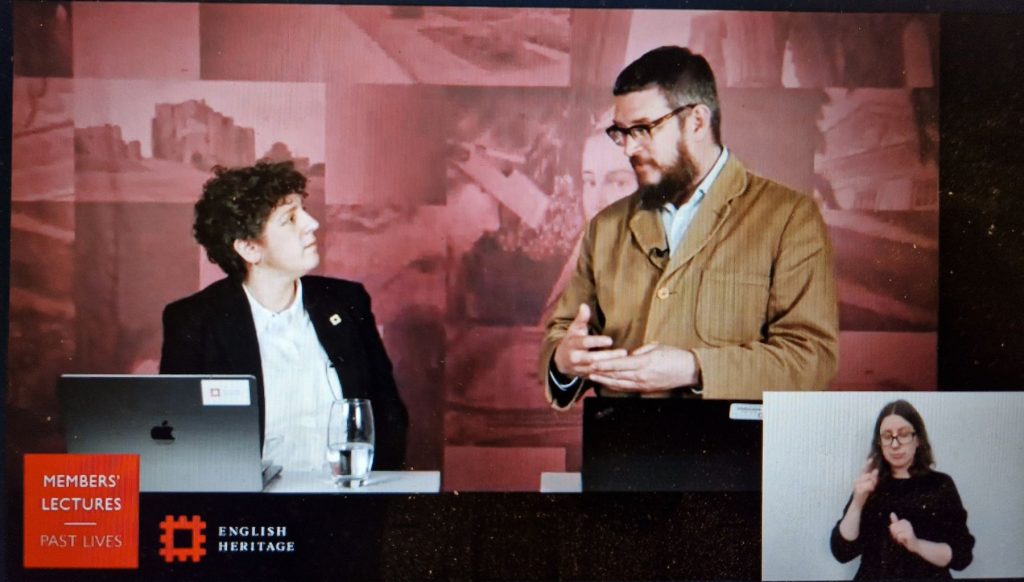I watched an English Heritage webinar tonight. It was about the 1772 legal case of Somerset v Stewart which was the forerunner for the abolition of slavery in Britain. James Somerset was a slave from the age of eight, who ran away while in England, was recaptured then had his case taken up by the wonderfully named Granville Sharp. James was ‘owned’ by Charles Stewart. The whole subject was fascinating. Sadly, the presentation was not.

While the presenter (Dr Dominique Bouchard) knew her subject inside out, her delivery of the facts was a bit bland and uninteresting. Also, there were some strange instances of slides repeatedly appearing on the screen which had nothing to do with what she was saying. That may have been a technical error rather than anything she did.
Still, I learned something I hadn’t known before, which is always a good thing. Like, for instance, the fact that Sir John Lindsay (RN) had five illegitimate, mixed race, children and, one of them, Dido Belle (another brilliant name) was raised by the judge in the case (William Murray, 1st Earl of Mansfield) and his wife. Was having Dido in the house one of the reasons why the judge ruled in favour of Somerset?
Anyway, the judge found that there was no positive law in England for slavery and ruled that Somerset be set free. Sadly, nothing more is known about James, but we do know that the case paved the way for the success of the Abolitionists.
The buying and selling of slaves was made illegal across the British Empire in 1807, but owning slaves overseas was permitted until it was outlawed completely in 1833, beginning a process where from 1834 slaves became indentured “apprentices” to their former owners until emancipation was achieved for the majority by 1840 and for remaining exceptions by 1843.
Wikipedia: https://en.wikipedia.org/wiki/Abolitionism_in_the_United_Kingdom
But what happened to Dido Belle, I don’t hear anyone asking.
Well, while she was born into slavery, she was never a slave. She spent her life at the palatial Kenworth House with the good judge and his wife, Elizabeth Murray. Also at Kenwood House was her cousin, Lady Elizabeth Murray, whose mother had died. (Isn’t it funny how dull the English names were among the aristocracy?)
This painting of the two of them hangs at Kenwood.

Mind you, while Dido was more or less treated as one of the family, there were plenty of things in which she wasn’t included. I found reading her Wikipedia entry interesting.
There’s another English Heritage webinar coming up soon. Hopefully it will be a little more lively.


